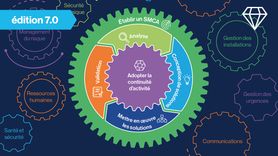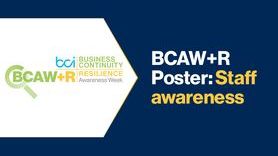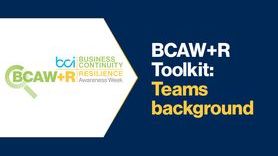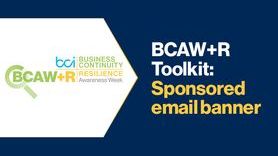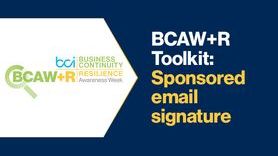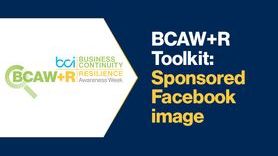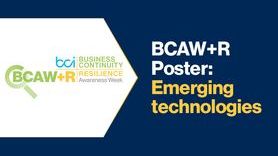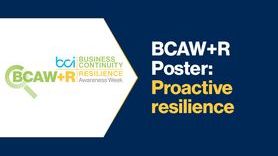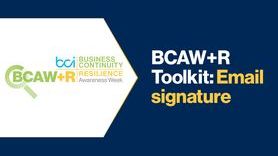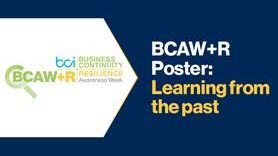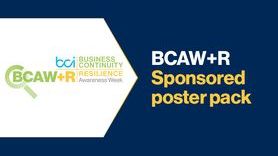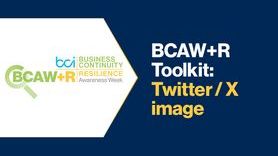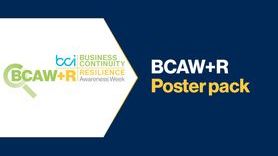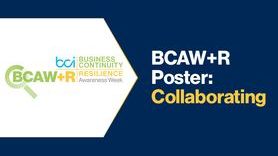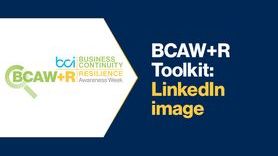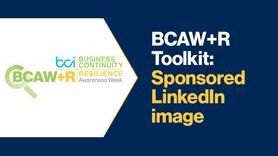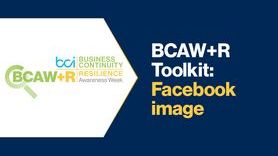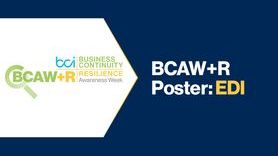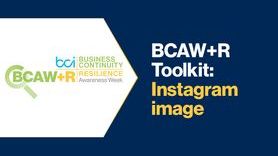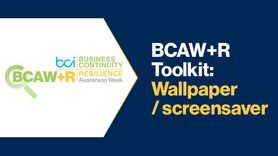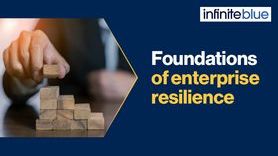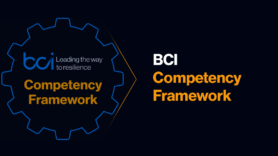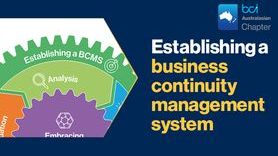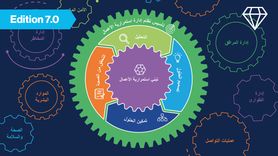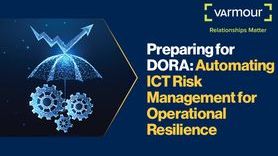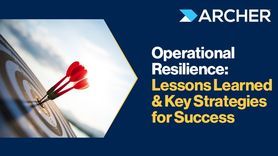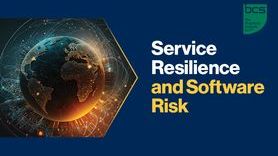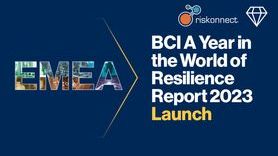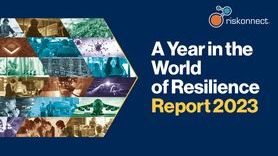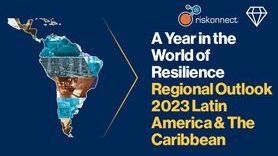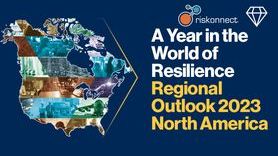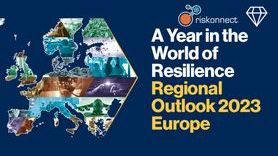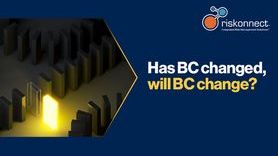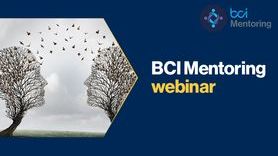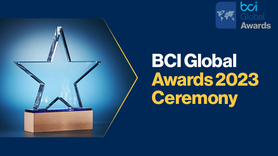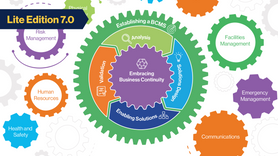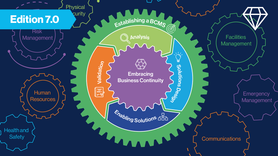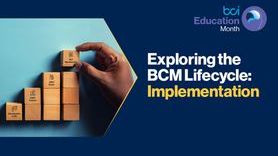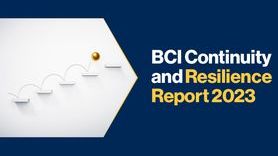Together we can build stronger through learning and experience
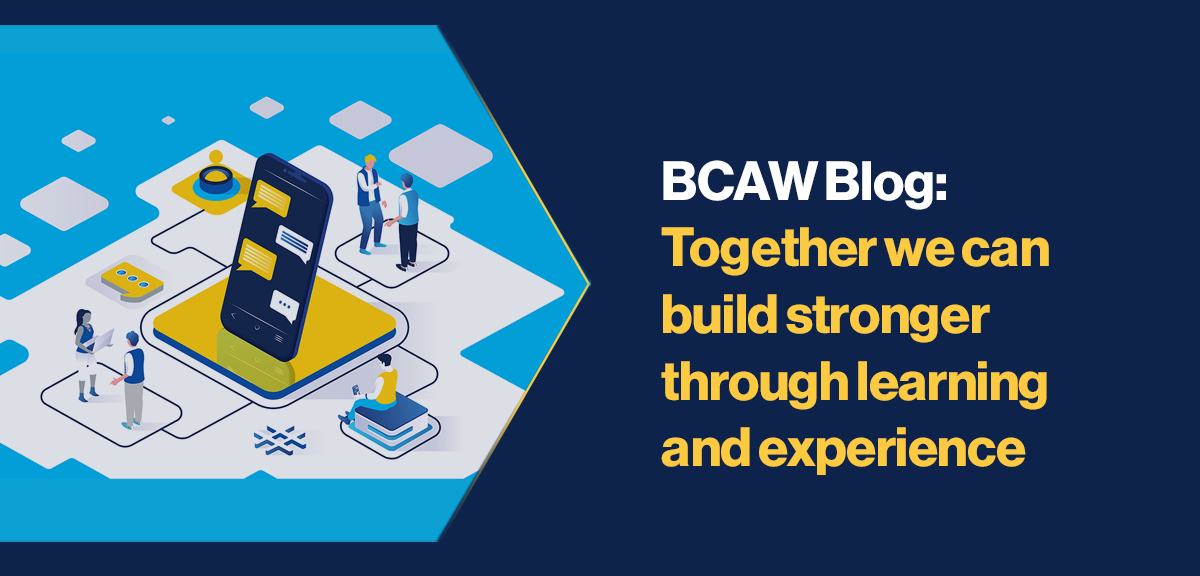
When we eventually look back on the COVID-19 pandemic and all the myriad issues, obstacles, challenges and (perhaps) opportunities that it presented, we will have also been presented with numerous learnings.
Many will have the potential to enhance personal development, as well as future workforce resilience. Whether strengthening knowledge through new courses, dealing with home schooling or the challenge of finding new work, all of us will be touched by this period. What we look like on the other side is, ultimately, down to us and how we approach learning from this experience. And, I strongly believe that this is the same for organisations as it is for individuals.
As we all experience the varying stages of the COVID-19 pandemic curve globally we recognise that the effects are wide ranging. From direct business and commercial impacts through to secondary (and even tertiary) security impacts in more challenging operating environments, learning how to navigate these complexities is crucial. Likewise, learning from them and from others is just as critical to our future success and, in some cases, survival.
The term ‘mindset’ is used frequently at an individual level, but it’s true that it can be used at an organisational level as well. Business Continuity is, as much as anything, an organisational mindset. If nurtured carefully, it will allow us all to come out of the other side of events like these stronger and more prepared for the future.
I want to focus on how we learn from events like this and how we learn from others, and what we should be considering at an organisational level to come out of all this stronger. I’d like to address the ‘ABC’ effect as it neatly distils an approach to embedding Business Continuity within organisations and is a proven approach to tackle organisational change. If used positively, this can have an impact on not just our own individual approach to learning, but also how we can better embed learnings within organisations.
What makes me qualified to write about this, you may ask? Well, like all of us, I’m living through this crisis and am trying to make sense of it at a professional and personal level – having a 6-year old daughter to try and home school is presenting its own unique challenges…
Professionally, after a spell in the police, I’ve worked for an international risk management company for the last 9 years, supporting organisations prepare for, and respond to, medical and security events and incidents around the world. From kidnappings in Papua New Guinea, through to flooding in Indonesia, terrorist incidents in London and disease outbreaks in West Africa. In all these events, our organisation has learned, our clients have learned, and I have learned.
But what did we learn / should we have learned so far?
A – Awareness, Analysis, Assessment
There are lots of ‘A’s that one could look at in this approach, but I like to go with Awareness. At an individual level, it’s an awareness of what we have done well and what we could have done better. The challenge lies in being honest with ourselves. At an organisational level, the same is true. When we review our activity through a crisis, we need to be careful of the ‘rose-tinted spectacle’ approach – this went well, this went better. Of course, we need to congratulate and promote what went well, but we need to be clear on what could have gone better. Awareness needs to look at the gaps in our approach, be that a lack of actionable insights or the missed opportunity to communicate plans within the organisation to say, ‘this is what we’re doing’, or the lack of planning for a particular scenario. In all instances, take time to address the lessons learned, canvas opinion from within the organisation (and most definitely not just at a management level). Stakeholder interviews are a great way of gathering a cross-section of feedback. Take that time to assess and analyse and become more aware of your organisational approach, as the best learnings come immediately after the event, not 6 months down the line.
If I put this in the lockdown context, my awareness of how to cook better for my daughter is primarily down to her feedback which is invariably never ‘rose-tinted’…
B – Behaviours
So, our levels of awareness have improved, we know what we’ve done well and what we need to work on. Where does that bring us to? Applying these learnings to our behaviours helps to build confidence in our organisational approach, to reinforce actions that work well and to embed approaches far more easily. In the Business Continuity context, that embedding of behaviours is about enabling those within an organisation to better understand their roles and responsibilities, the training needs to enhance these and where they can seek support and guidance from external experts and services. Most organisations are not built around risk management or business continuity. These can be functions within functions to help the organisation deliver on their primary objective of selling products, services or processes. Most managers in organisations don’t have a specific Business Continuity section in their job description, but by helping them build (or enhance) behaviours, they can carry out these roles effectively and confidently.
The first step in creating appropriate behaviours is in creating a clear understanding of one’s responsibilities. One of the biggest challenges in any crisis is lack of clarity. If someone doesn’t know what their responsibilities are, how are they able to fulfil it to the best of their abilities? Enabling these individuals to understand exactly what they should do will help them feel more confident and will also mean they are more prepared for the time when they need to put this into practice.
Once people know what they need to do, it’s important to put them in scenarios where they can practice. A time-honoured tradition in our organisation, as well as in business continuity more broadly, is the running of exercises. These can be elaborate, multi-day, multi-function events, through to a desktop exercise over a couple of hours. In any case, applying the core principle of improving behaviours should be front and centre within an exercise. Exercises should never be about catching people out, they simply won’t engage and will run from the scenario. It is better to create a safe environment, using realistic scenarios that allow for collaboration and the sharing of experiences to work out how to solve a problem. It also hits on the ‘A’ level, through collaboration and working together, people become more aware of how others view a problem and can learn from that. It also helps people to see that they are not in this alone, which is particularly important at a senior management level – having a support network is essential.
Once the exercise has been run, go back to the awareness again: what worked well, what didn’t and where can we learn. This helps to build behaviours and best practice. While we can’t control the scenarios that may face us, we can control our behaviours and actions.
C- Culture
By creating a layer of awareness and helping to build behaviours, we are effectively creating a culture within an organisation. Organisational mindset, in the business continuity environment, can make such a difference in learning and growing from crises. It also comes back to the central tenet of the title of this blog; ‘together we can build stronger’. By creating a culture of behaviours and shared experiences, we are enhancing our organisational capacity for preparedness, planning and response to a crisis. Embedding business continuity is as much about embedding the culture as it is about the process and we can only do this through creating that layer of awareness and building on best practice behaviours.
At an individual level, it’s taking each experience as a learning opportunity. This particular crisis is no different. While we are all affected in different ways, we will all take different learnings from it. Organisations should do the same and apply those learnings in their preparedness for the next crisis or the next event that could hit them. If you haven’t raised that level of awareness, enhanced those best practice behaviours and embedded that culture, its impact may be just as seismic.
COVID-19 is presenting all of us with some of the most systemic challenges we’ve faced in our professional and personal lives. It’s also presenting us with some incredible opportunities: to become more aware, to build more effective behaviours, and to embed a culture that will, ultimately, help us to build stronger organisations, together.
Author:
James Wood, Head of Security Solutions, International SOS (currently undertaking the CBCI)

